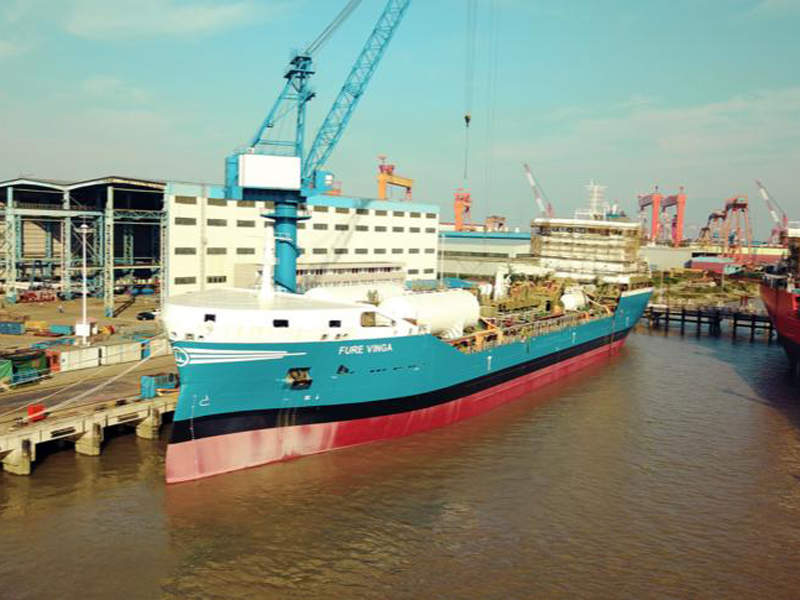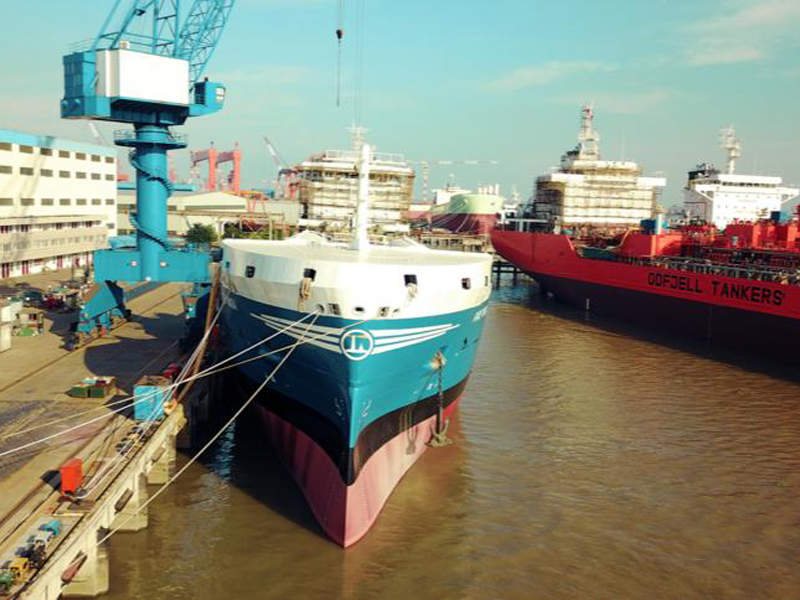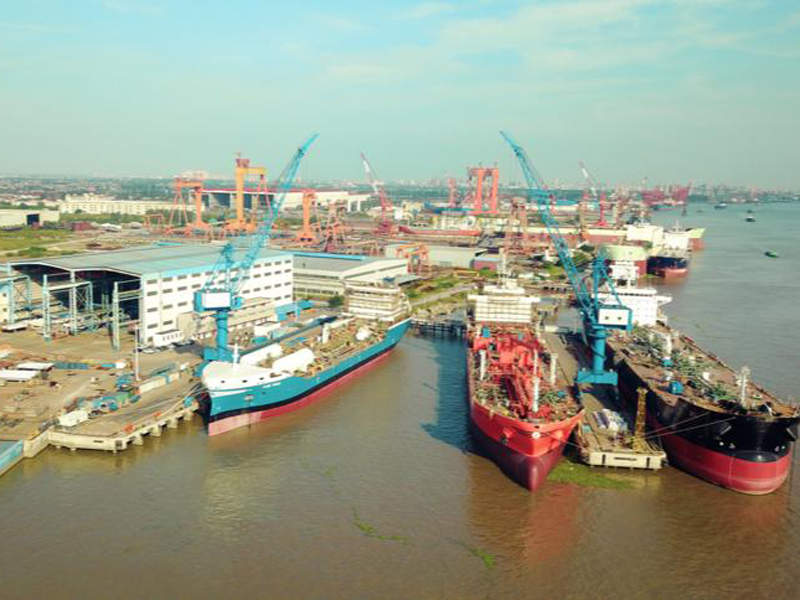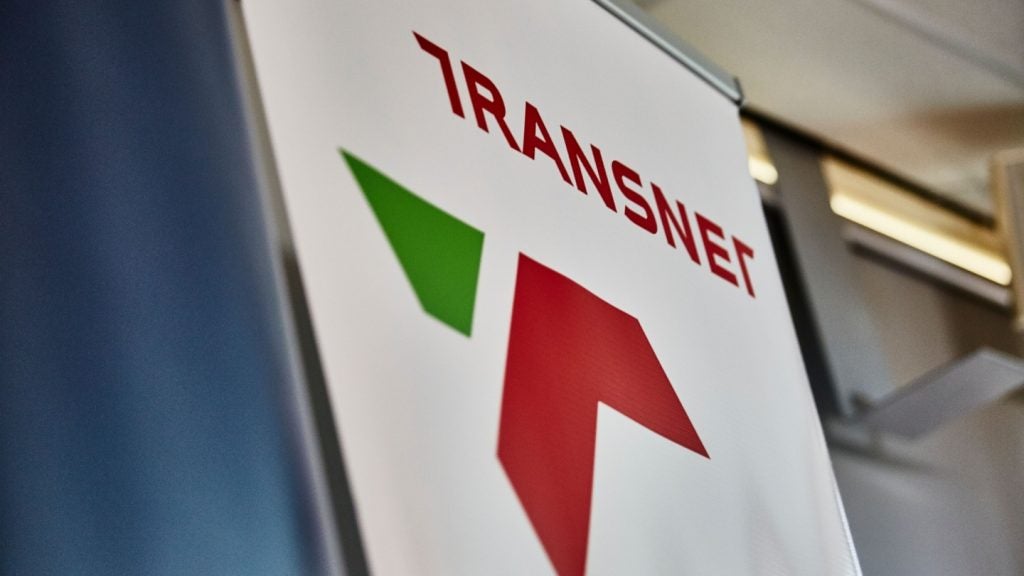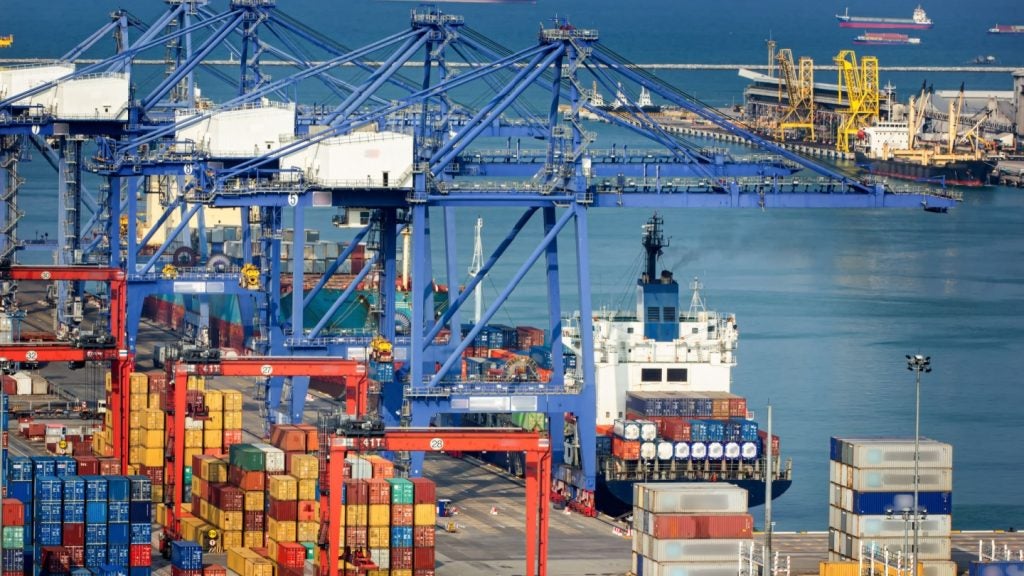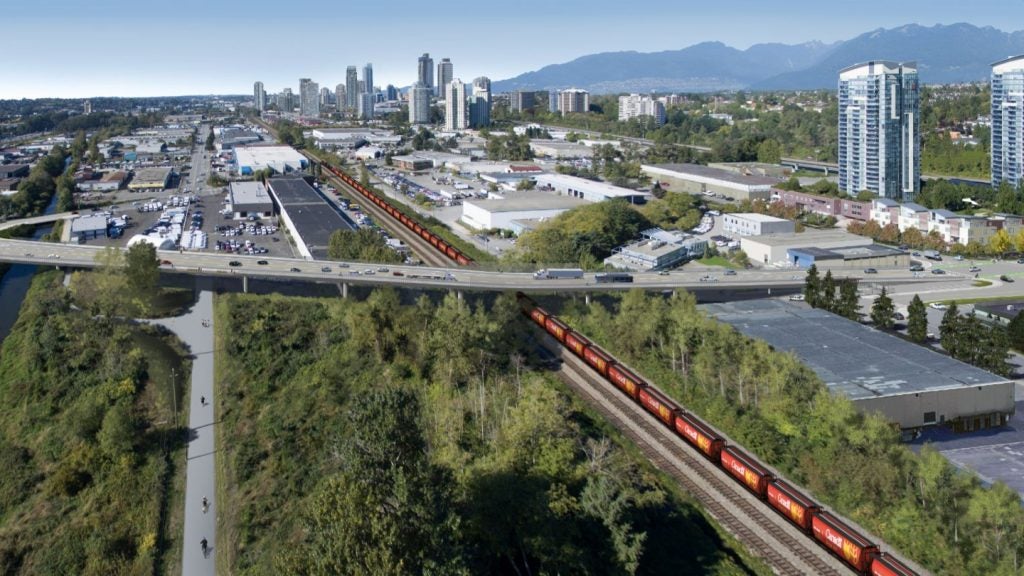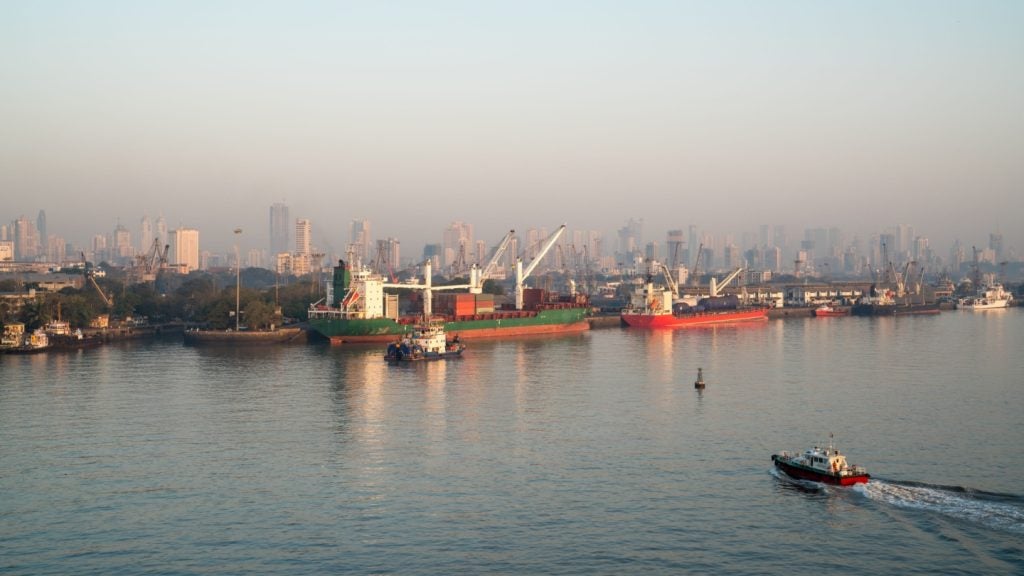The Furetank T24C1-class chemical / product tankers are being built by Avic Dingheng Shipbuilding for Gothia Tanker Alliance. The tankers are designed to transport 20,000m³ of chemicals and oil products.
Gothia Tanker Alliance placed two contracts with Avic Dingheng Shipbuilding for six product / chemical tankers between 2015 and 2016. The alliance comprises of Furetank Rederi, Rederi AB Älvtank, and Thun Tankers.
Furetank will own three tankers, while Älvtank will own two, and Thun Tankers will own one. The tankers will be commercially operated by Furetank Chartering, a part of Gothia Tanker Alliance.
The first tanker in class, Fure Vinga, was launched in October 2017 and delivered to Furetank Rederi in April 2018. Deliveries of the remaining vessels are scheduled for completion in 2019.
Furetank T24C1 Class design and capacities
The design of the new tankers is based on the FKAB T24C1 concept developed by FKAB in association with Furetank. The T24C1-class features a low-friction hull, which can handle the pressure of waters in Europe, including the Stanlow locks and St Lawrence Seaways, and can comply with the Finnish / Swedish Ice-class 1A rules and draught restrictions in various ports.
The Fure Vinga tanker has an overall length of 149.9m, moulded breadth of 22.8m, depth of 12.1m and design draught of 8.85m. Its hull is divided into 12 compartments. The ship has a deadweight tonnage of 16,300t and can accommodate up to 19 crewmembers.
The vessel offers a high cargo carrying capacity with a density of 1.54t/m³. It can carry 20,000m³ of cargo along with 540m³ of fuel oil, 600m³ of LNG, 7,500m³ of water ballast, 320m³ of fresh water, and 20m³ of urea.
Each of the 12 cargo pumps on-board the vessel has a transfer rate of 300m³/h, while the transfer rate of the two ballast pumps is 500m³/h each. The pumps have a loading rate of 1,200m³ and a discharge rate of 1,800m³.
Sustainable features
The vessels will meet the Tier III rules and will use LNG in port consumption, inert gas production and power production for all vital functions to minimise the use of auxiliary engines. The class also features a ballast water cleaning system and an alternative propulsion system.
The Furetank T24C1-class integrates a dual-fuel engine system and environmentally friendly features. The innovative dual-fuel engine ensures the reduction of NOx emissions by 84% and SOx emissions by 99%. Particulate matter such as lead fumes and other harmful substances will be reduced by 99%.
The tankers will also reduce CO2 emissions by 49%, although this can be completely eliminated with the use of biogas.
Propulsion and performance of Furetank T24C1
The Furetank T24C1-class tanker is equipped with two-stroke and four-stroke engines. The four-stroke dual-fuel main engine produces a maximum power output of 4,500kW at 750rpm. The tanker is also fitted with two auxiliary engines, which produce 650kW and 1,500kW of power.
A shaft generator on-board the vessel produces 1,800kW of power. The tanker also features a 7,600kW oil-fired steam boiler and a combined oil-fired / exhaust-gas steam boiler.
High manoeuvrability in confined seaways and ports is provided by the bow thruster with a maximum power rating of 850kW.
The service speed of the tanker is 13k at draught of 8.85m, 80% maximum continuous rating with 15% sea margin and shaft generator output of 300kW.
The vessel consumes 13.7t of marine gas oil a day when sailing at a speed of 13k, with 11.3t of LNG and 0.13t of pilot fuel consumption a day.

